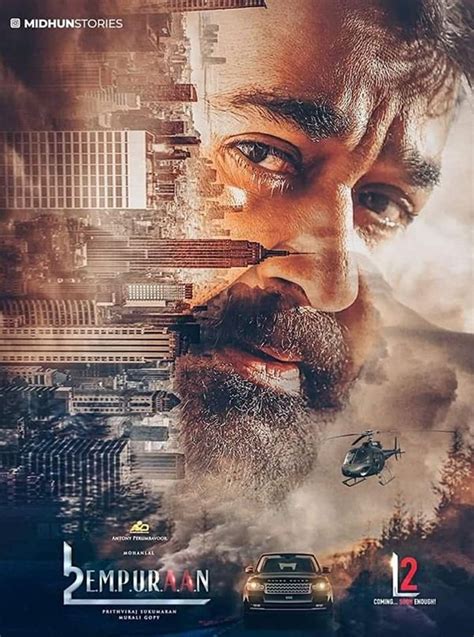Indian superstar Mohanlal found himself in the eye of a storm recently as his latest film, L2: Empuraan, stirred up a hornet’s nest of controversy. The Malayalam-language movie hit screens to much anticipation and fanfare but soon faced unexpected turbulence from right-wing factions.
“As an artist, it is my duty to ensure that none of my films are hostile to any political movement, ideology or religious group,”
Mohanlal expressed on social media, addressing concerns raised by Hindu nationalist groups. The film garnered attention for scenes that were interpreted as references to sensitive historical events, including the 2002 anti-Muslim riots in Gujarat state.
The narrative around L2: Empuraan not only delves into the realm of cinema but also dives deep into socio-political sensitivities. The backlash highlighted the delicate balance between artistic expression and societal sentiments, sparking discussions on freedom of creativity versus responsibility towards public emotions.
Expert analyses suggest that such controversies often serve as mirrors reflecting broader societal fault lines and power dynamics.
“Art has historically been used as a tool for both expression and manipulation,”
remarked cultural critic Dr. Priya Sharma. She explained how films like L2: Empuraan inadvertently become battlegrounds for ideological clashes within society.
Diving into the plotline of L2: Empuraan sheds light on why certain segments struck a nerve with particular groups. The sequel to the successful political thriller Lucifer sees Mohanlal reprising his role as Stephen Nedumpally, navigating through a web of corruption and malice in Kerala’s political landscape.
The buzz surrounding L2: Empuraan extended beyond its storyline; its extravagant budget raised eyebrows within the industry known for more subdued productions. Critics lauded Mohanlal’s portrayal but dissected various aspects of the film’s execution – from runtime issues to thematic coherence.
Amongst differing reviews and box office success loomed the shadow of controversy stemming from specific scenes drawing parallels with past communal unrest.
“A movie should be watched as a movie… distorting truth is doomed to fail,”
pointed out Rajeev Chandrasekhar, emphasizing the blurred lines between cinematic storytelling and historical accuracy.
The uproar prompted introspection within the film fraternity, leading to discussions around potential edits or cuts to address contentious content. Producers signaled readiness for modifications while navigating through complex considerations balancing creative integrity with audience sensibilities.
In response to mounting pressure, key stakeholders associated with L2: Empuraan reassessed their approach amidst polarized opinions across social media platforms and editorial reviews. Support trickled in from political quarters aligned with artistic freedom advocacy while critics voiced concerns over perceived narrative distortions.
The evolving saga encapsulates not just one film’s journey but reflects broader societal scripts unfolding at junctures where art meets activism. Amidst calls for boycotts and demands for alterations lie questions about where creative liberties intersect with communal responsibilities – igniting debates reverberating far beyond cinema halls.
This tale isn’t just about one star-studded production; it embodies layers of complexities mirroring contemporary narratives where entertainment becomes entwined with politics, history intertwines with imagination – ultimately revealing deeper fissures within society awaiting nuanced resolutions.

